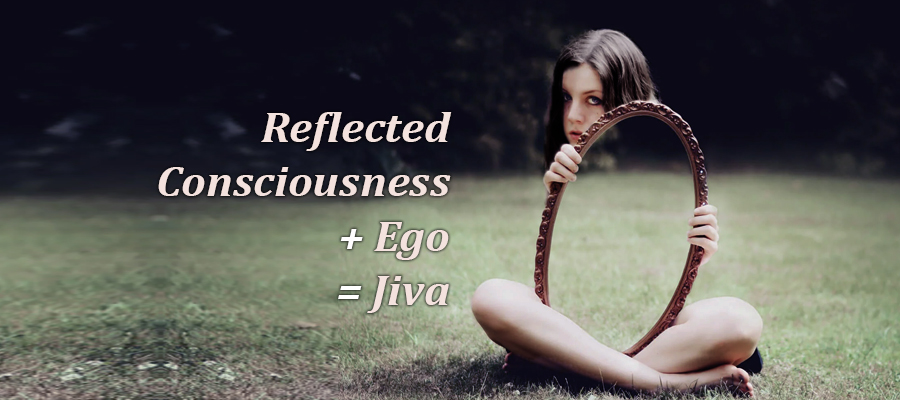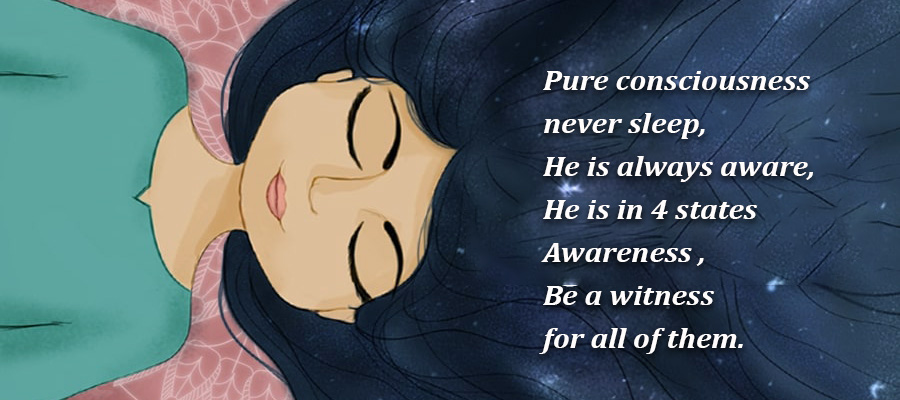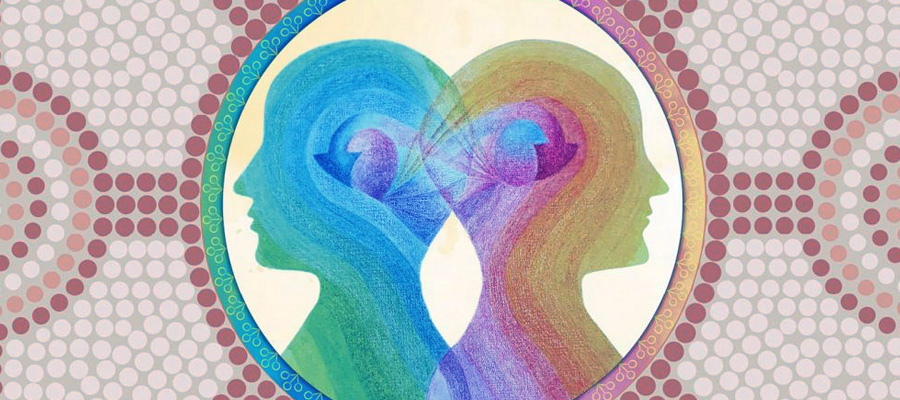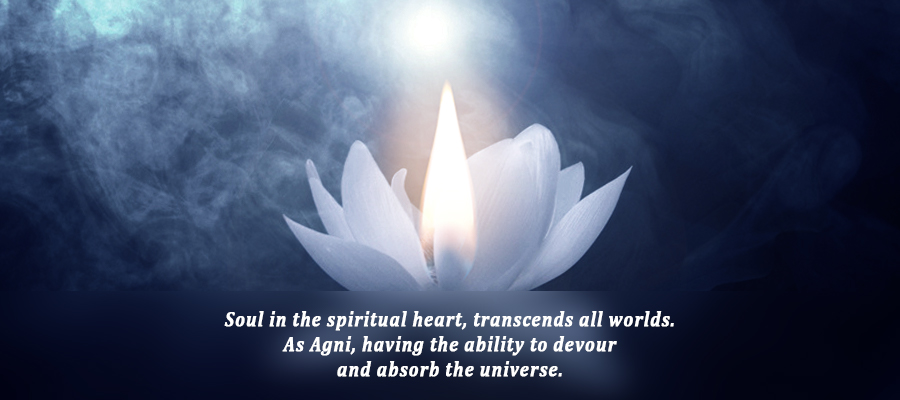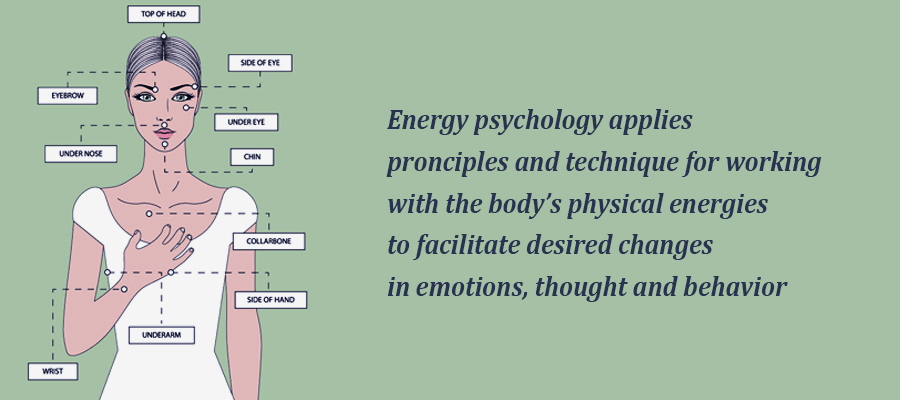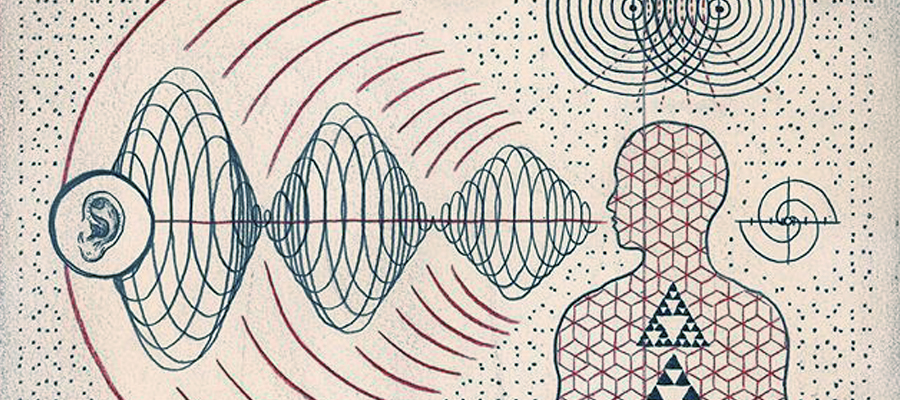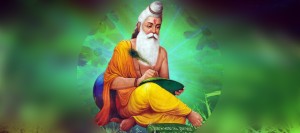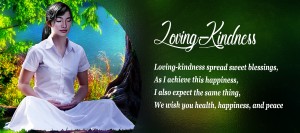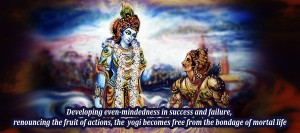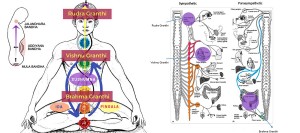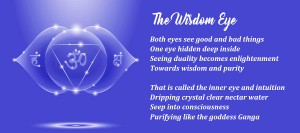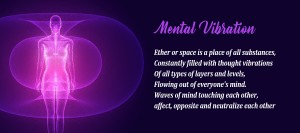Life Sloka Quotes for Self Enlightenment and awareness
Lifesloka.com quotes is a one-stop quotes resource awareness for people ready to make a difference in the world. Living fullness of life, body soul and mind, enjoying happiness or bliss 24 hours a day, every day. It means enjoying 200 percent of life—100 percent of the inner spiritual content of life along with 100 percent of the outer material value of life. It also means gaining the full support of natural law, which allows you to effortlessly fulfill your desires.
Quotes for Spiritual Awareness to achieve peaceful and happiness for body, soul and mind
Many spiritual quotes to realize how we could achieve peaceful and happiness, we need to begin with an understanding of what is awareness enlightenment for our body, soul and mind. The concept of spiritual quotes enlightenment is among the spiritual concepts that are most frequently contemplated, and often awakens controversy. An enlightened way of being represents the essence of spiritual transcendence. It means living a life in which analysis by the mind is continuously transcended, evading any interference. An enlightened existence means oneness with experiences, devoid of any duality, where the self is known to be an illusion, and life is experienced completely independently of it. This state has been given different names. It is referred to, for example, as the state of Nirvana, Unity Consciousness, Samadhi, Awakening, and Enlightenment. Whatever name is used, what matters is that it is regarded as a state of freedom from the tyranny of the mind and the illusion of the self.
Quotes for Self Reflection for inner peace power, health and energy for body soul and mind
Your journey to the discovery of spiritual intuition, inner power, spiritual health and energetic knowing begins here! This spiritual quote “knowing” or intuition will be your guide as you explore a new awareness that will alter your perception and change your reality. It will help you find the true identity you entered this life with that has been masked over by the noise and drama of three dimensional life.You are the creative center of the universe and literally the energetic power source for everything that happens in your life. There are no accidents nor need there be any mystery as to why things happen as they do. You have the intuitive voice within you, the inner sight that can guide you, give meaning to your life and provide inner peace. Spiritual intuition is not a gift! It is the perception you have had since before you were born and you have the opportunity to re-engage that true inner guidance, to find purpose in your life and clarity of understanding for everything you do!
Spiritual life quotes
The spiritual life quotes for our mind, body and soul is something that is natural and normal. It is always natural and it is always normal, unlike other things that we come across in our day-to-day multifarious activities. The spiritual life is normal and natural precisely because it knows its Source. Its Source is God the infinite Light and God the eternal Truth.
When we follow the spiritual life, we come to feel that a life of peace need not always remain a far cry. We come to feel that a life of love, the love that expands, need not always remain a far cry. Everything that fulfills us divinely and supremely, we can achieve and claim as our very own if we follow the spiritual life. Right now Peace, Light and Bliss in abundant measure we do not have at our disposal. But when we practice spirituality, when our inner cry, which we call aspiration, climbs up high, higher, highest, at that time Peace, Light and Bliss we get not only in abundant measure but in infinite measure. And we can achieve and treasure these divine qualities in the inmost recesses of our hearts. When we practice the spiritual life soulfully, devotedly and unconditionally, we try to bring to the fore the divinity that we all have. And this divinity is nothing short of our perfection.
Here we are all seekers. Each seeker represents the ideal and the real. The ideal is self-transcendence and the real is God’s all-pervading Consciousness.
If we want to grow into the real and the ideal in us, we have to clean our mind thoroughly of the Divine thoughts that are constantly assailing us. And we have to empty our heart and fill it with infinite Light and Delight. Then God the Real and God the Ideal will be able to sing and dance in our aspiring being.
Here we are all seekers. We are all chosen instruments of the Supreme, our Beloved Supreme, the Eternal Pilot. We can prove this soulful statement of ours, not by words but by deeds, by our serving love and loving service.
Loving service. Our loving service can prove to the world at large that we are the chosen instruments of the Supreme, for the Supreme. When we love the Supreme soulfully, devotedly and unconditionally in our aspiring mind, we heighten our God-Height; and when we serve the Supreme soulfully, devotedly and unconditionally in our aspiring mind, we deepen our God-Depth.
Since we are the chosen instruments of the Supreme, our immediate necessity is God-realization and our absolute duty is God-manifestation. In the fulfillment of our immediate necessity, we can become the torch-bearers of infinite Truth and the harbingers of God-Vision within us and without. In the fulfillment of our absolute duty, we discover that we are God-seeds and God-fruits. Let us offer our God-seed to the Supreme; let us place it at His Feet, so it may grow into a divine tree that can lift humanity to the highest transcendental Height. Let us also offer to the Supreme our God-fruit. Let us place our God-fruit at His Feet for His Manifestation, His total and complete Manifestation here on earth.

